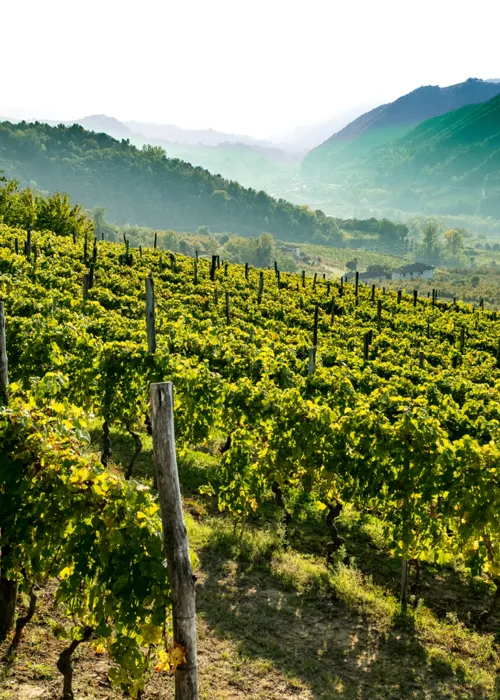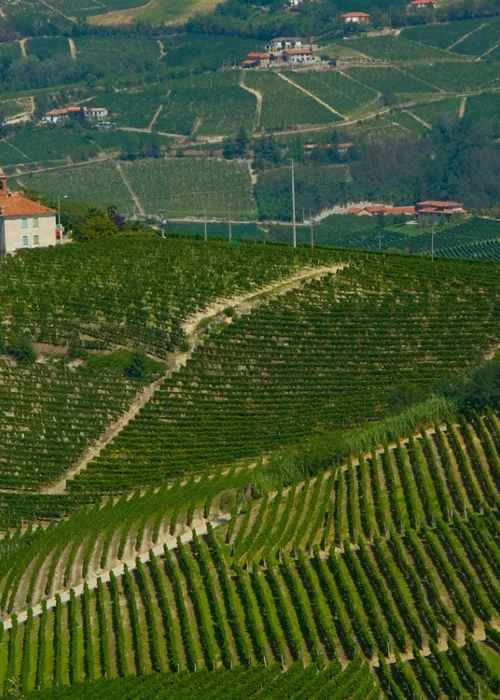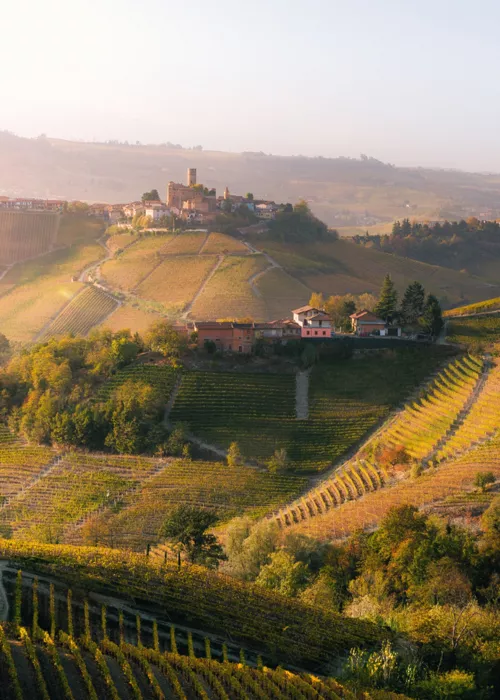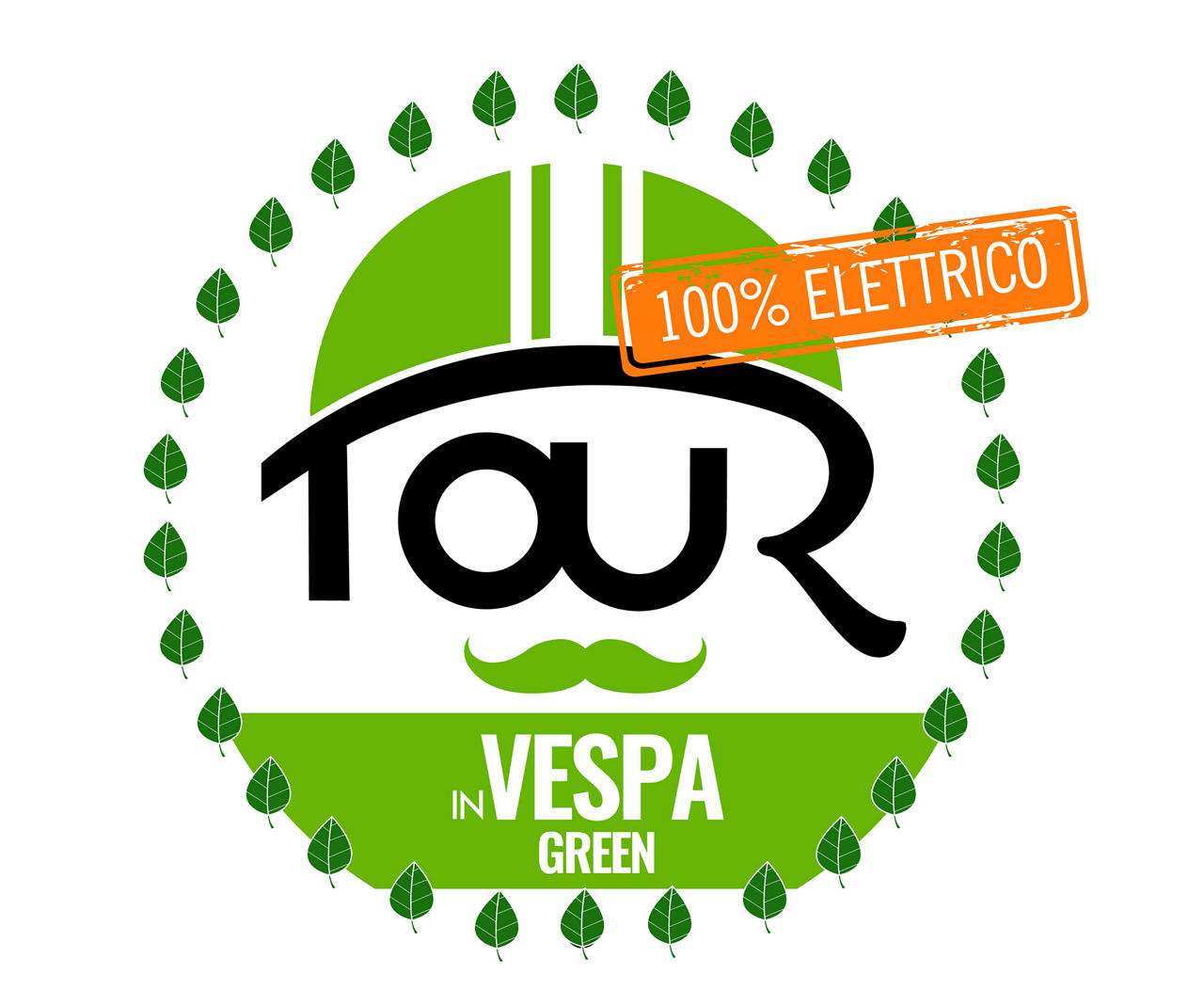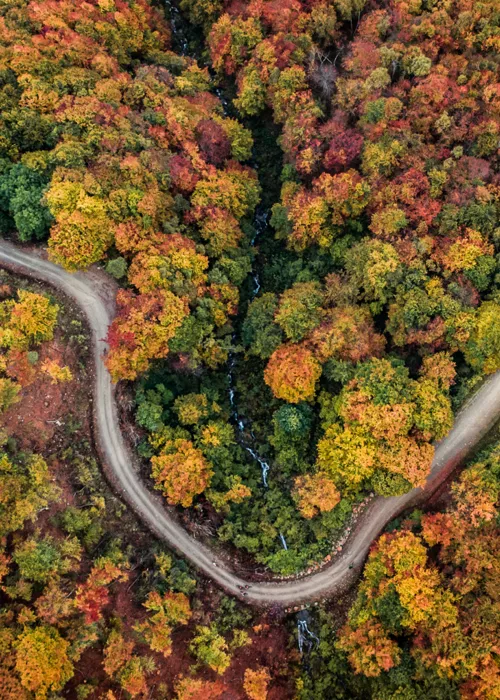In Val Vigezzo, from Domodossola to Malesco: antique parlours, art, nature and vintage rails

We start in Domodossola, a true "cultural village", as its historic centre has been renamed, which in recent years has undergone major architectural redevelopment. The project aimed to design the new image of the entire historic centre through the redevelopment of its most important buildings and the revaluation of the mediaeval walls, an intervention also enhanced by the gradual closure to traffic of motor vehicles.
Today it is even more delightful and easy to visit Domodossola, starting from Piazza Mercato, the city's landmark, visited and photographed, with its 15th-century porticoes, Renaissance balconies and loggias, 15th- and 16th-century loggias, a scenic asymmetry and great charm, and strolling along the streets dotted with historic buildings, now sites of museums and cultural venues, to take a real trip back in time. An important and rich past.
Over the centuries it was subjected to various rulers and passed to the Savoys in 1748. The Napoleonic period (1800-14) saw the construction (1801-1805) of the road to Sempione, frequented by travellers on the Grand Tour, while the opening of the railway tunnel under the same mountain passes (1906) put it at the centre of communications between Italy and Switzerland.
Leaving Domodossola you reach Val Vigezzo, a single large valley east of the Toce, which stretches with its last branches (the Centovalli) into Switzerland. There is a slow, sustainable way of discovering it that has enormous appeal. This is the Vigezzina or Centovalli railway (as it is better known on the Swiss side). It was built in the early 20th century to connect Domodossola with Locarno and the international Gottardo railway line with the Sempione railway line.
For almost a hundred years, the little train has provided connections for the local communities, but today the journey has also become a tourist attraction due to the beauty of the landscapes that glide by through the window as the convoy negotiates daring viaducts and short tunnel sections. The Vigezzo Vision panorama train, with large windows, is at its best in autumn, during the foliage season. Organised by the management company, guided tours and tastings of local products are combined with the train journey. The Vigezzina-Centovalli is a link between the Val d 'Ossola and the Verbano. In fact, it is possible to take advantage of routes that connect the rail service to the boat service.
The next destination is another town that has earned the certification of the Italian Orange Flag Touring Club on the field: Santa Maria Maggiore. The main centre of the Vigezzo Valley, Santa Maria Maggiore is beautifully located in a green basin surrounded by fir trees. The parish church of the Assumption, built in the 18th century on a Romanesque church, is worth a visit. The "Rossetti Valentini" Art Gallery is housed in the School of Fine Arts and contains paintings by artists from the valley. In the park of the Villa Antonia is the Chimney Sweep Museum, a sooty dive into a past when the craft was common in the valley, so much so that it is worth a visit. Before leaving, plan to have a taste of goat cheese to go with the Val Vigezzo ham, which, needless to say, is very very... smoked.
Orange continues to be the colour of the thread that leads from the valleys to the banks of the Maggiore, which finally opens once it reaches its banks. Before arriving at the lake, here is Malesco, another Orange Flag certified by the Italian Touring Club, lies on a terrace between the Loana stream and the eastern Melezzo and is completely surrounded by dense forests. Here, the municipal archive houses important scrolls documenting the settlement of the Val Grande. Moving higher up the village, one reaches the parish church of Ss. Peter and Paul, which houses an elegant 18th-century decoration inside, enriched by an organ chest, an example of Baroque sculpture.
On Lake Maggiore, Cannobio and Cannero Riviera: the orange of flags and the orange of citrus fruits

There are two locations on the western shore of Lake Maggiore that bear the Italian Touring Club's Orange Flag label. The first is the one held by Cannobio, first Italian centre on the western shore, Orange Flag of the Italian Touring Club. The town has grown in one of the few openings left by the mountains, which, in this part of the lake, drop sharply into the water.
In its cobbled streets, there are several testimonies to its history: from the 18th-century collegiate church of San Vittore one reaches the 14th-century nucleus consisting of the Bell Tower and the Palazzo della Ragione. Strolling along the lakeside promenade, you can admire palaces from various eras, until you visit the Santuario della Pietà, built by Carlo Borromeo in 1583. Being in Cannobio and not taking advantage of an excursion into Valle Cannobina would be a waste, because you would miss the view of the Sant'Anna gorge, a deep rocky gorge overlooked by the 17th-century church of the same name.
The second lake landing is Cannero Riviera. Also an Orange Flag of the Italian Touring Club, it is a bustling resort with a mild climate in all seasons and rich Mediterranean vegetation. All you need to do to discover it, is to take a stroll through the narrow streets of the old town and along the lakeside promenade, which is lined with elegant residences and a number of restaurants offering lake cuisine.
From the lakeshore you can see the Cannero castles, ruins of an ancient fortress, located on two rocky islets and accessible only by boat.
To really get into the landscape with your other senses as well, you can visit the Citrus Fruit Park, strolling through the rows of citrus trees in a host of varieties, and get closer to the world of citrus growing by discovering some of its secrets at the small themed museum.
That's not all. The rich heritage of rural culture dispersed throughout the territory is offered to the visitor in the Ethnographic and Brush Museum, housed in Villa Laura, which displays tools from farming activities and wood and iron craftsmanship, and in the Torchio dei Terrieri in the hamlet of Oggiogno, built in 1792.
In the upper part of the town, the Parish Church of San Giorgio and the Piazzetta degli Affreschi, a meeting place for the "locals", who find episodes from their history frescoed in colourful and evocative murals.
From Verbania to Lake Mergozzo

It's called Verbania, but in reality you discover two little treasures overlooking the Piedmont shore of the Maggiore river. They are Pallaza and Intra, united in a single municipality that was established administratively in 1939: the former, facing the Borromeo Gulf, west of the green Castagnola point; the latter, facing the Lombard shore, opposite Laveno. A union confirmed in 1992, when Domodossola was promoted to capital of the province of Verbano-Cusio-Òssola, extended to the valleys formed by the River Toce.
Pallanza combines a mediaeval atmosphere with the charm of a healthy and picturesque village, which experienced its golden moment in the first half of the 20th century, when it was visited by famous tourists; one among them, Arturo Toscanini.
Nearby are the famous botanical gardens of Villa Taranto, visited every year by over 150,000 people and particularly spectacular when the tulips and azaleas are in bloom. Intra preserves an ancient nucleus, with small squares and a labyrinth of alleyways that wind from the lakefront to the Basilica of San Vittore.
The botanical park that overlooks Verbano has a long history. It was created back in 1931 on the initiative of the Scottish captain Neil Mc Eacharn (it is now State-owned) and has since become a must-see not only for tourists visiting the Borromean Gulf towns but also for school children, who have the opportunity to see rare and exotic trees and flowers up close.
The gardens are on the tip of the Castagnola headland, about 100 metres above the level of the lake. They are characterised by chromatic nuances and fragrances in a variety of settings, over an area of about 20 hectares, in which 20,000 varieties of plants from all over the world are grown, adorning English-style gardens with paths, terraces, fountains, waterfalls and ponds. For taxonomy enthusiasts... all the plants are catalogued in the botanical library, a job well done!
We have reached the end, which can be the beginning if you plan the itinerary from the lakes to the valleys. In the shadow of the Corni di Nibbio, a series of jagged ridges more than 2,000 metres above sea level, Mergozzo is a Touring Club Italiano Orange Flag village which, once virtually unknown, is regaining its position, although it has always be highly popular with Central European tourists, especially German-speakers.
A stone's throw from the Val Grande wilderness, Lake Mergozzo is small gem, a very clean stretch of water in which boating is forbidden, but not sunbathing and diving... a source of much pleasure in the summer.
In the other three seasons, you can enjoy a dense labyrinth of winding alleyways lined with characteristic stone houses, the parish church of the Beata Vergine Assunta, the Romanesque church of San Giovanni Battista in the hamlet of Montorfano, and the 17th-century portico of the Chapels. Don't leave without tasting a typical fugascina, to end your wanderings through nature and water on a sweet note.



